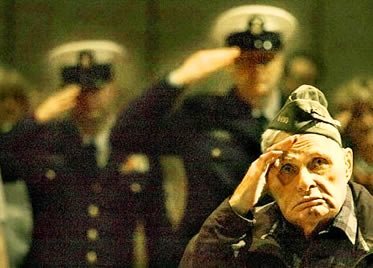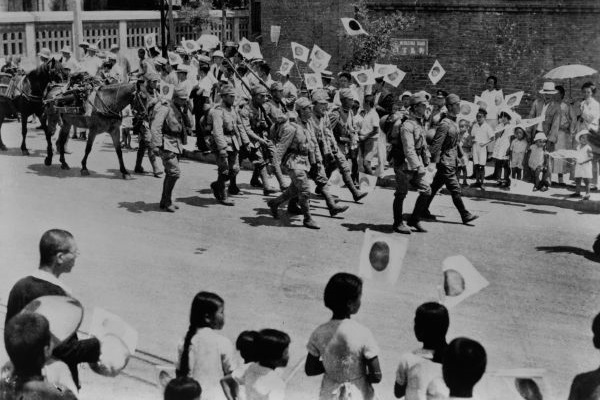During the Second World War, armies of varied formations met on the battlefront. In clashes, surrenders, interrogations, alliances and all other forms of relationship between one army and another, it was possible to observe differences in behavior and military discipline. In the armies of countries where totalitarian regimes watch over, such as Italy, Germany, Japan and the USSR, the disciplinary code, contrary to what occurred in the armed forces of the countries of the Western democracies, there was no disciplinary structure based on trust between the soldiers and theirs. superiors. There was the stimulus to predatory competition, denunciation and fear.
In the specific case of Red Army – which, from the “armed arm” (led by Trotsky) of the Russian Revolution of 1917, became the military institution of the USSR –, the disciplinary process derived from its CodeMilitary it was one of the most rigorous and inhumane in twentieth-century history. When the war started, the NKVD, the political police of the USSR, began to supervise Red Army officers and soldiers on the battlefields. The role of the NKVD was to promote a discipline based on the fear of the death sentence, which sentence was applied. to those who showed little commitment and commitment to the communist ideals, or even manifested inclination to desertion.
To promote this mode of discipline, the NKVD encouraged the practice of whistleblowing among members of a battalion or company themselves. Thus, the soldiers watched each other in the hope of discovering some fault of their companion and reporting it to their superior in order to please him. Soldiers who had a history of attempted desertion or the like, or who had been recruited from among criminals, were placed in the front ranks of combat. Generally, they were the first to die and, by dying, according to NKVD rhetoric, they were "exempt" from the disgrace of having "made mistakes".
The Soviet Military Code was formalized in 1939. In addition to the practice described in the previous paragraph, the orders added by Stalin throughout the war were added to the code's procedures. One of the most famous was the Order 227, which came into force in 1942, at the time of the Nazi invasion of the Soviet Union. This order provided for “tactical inflexibility”, that is, soldiers could not retreat from battles at all. If they did, they were killed by the officers of their own army. Order 227 was also known by the expression “No Step Back”. There was still the Order 270, which also became one of the most emblematic. This order became known as the “Principle of Family Responsibility” and had two resolutions, according to historian Norman Davis:
Do not stop now... There's more after the advertising ;)
“1.Any individual who removes their badge during battle and surrenders must be seen as a deserter. despicable, and his family must be held as the family of a person who has broken his oath and betrayed his Homeland. Such deserters must be killed on the spot.
2.Those who find themselves surrounded must fight to the end and try to get back to their lines. Those who prefer to surrender must be eliminated by any means, and their families will be deprived of subsidies and assistance and the State”.[1]
As can be seen, a soldier's family who exhibited reticent behavior or behavior inconsistent with Soviet disciplinary standards also suffered penalties. The number of Soviet soldiers who were immolated by the members of the Red Army themselves, under orders from the NKVD and Stalin himself, he was very high, as the historian Norman also points out. Davis:
“A critical period report from 1941-42 mentions 790,000 death sentences, of which about 200,000 were served. Another report from Stalingrad states that 15,000 Red Army men were executed by the NKVD in that battle alone. It appears that the Red Army's self-inflicted losses exceeded the total number of combat deaths suffered by the British and American armies combined.” [2]
GRADES
[1] DAVIS, Norman. Europe at War (1939-145). Lisbon: Editions 70, 2008. P. 260-61.
[2]Idem. P. 261.
By Me. Cláudio Fernandes
Would you like to reference this text in a school or academic work? Look:
FERNANDES, Claudio. "Red Army Military Code"; Brazil School. Available in: https://brasilescola.uol.com.br/guerras/codigo-militar-exercito-vermelho.htm. Accessed on June 27, 2021.
wars

Military continence, origin of military continence, Middle Ages, medieval knights, greeting, respect, subordination, loyalty, readiness, armies, British army, Roman army, Nazi Germany, “Heil, Hitler”.


